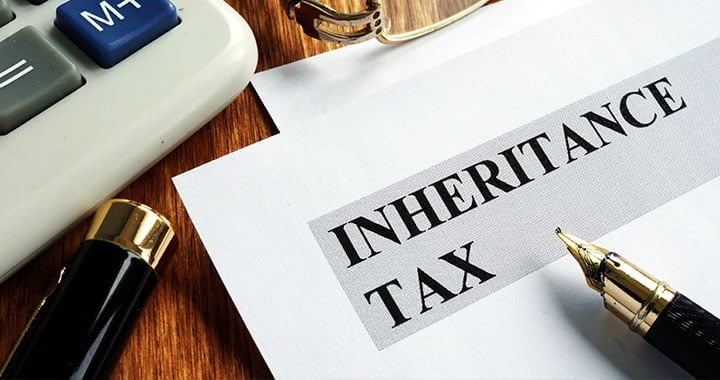
14 Jan Inheritance Tax: The number of families charged with IHT on gifts rises for the third consecutive year
The number of families that are charged with inheritance tax (IHT) on gifts has risen for the third consecutive year, according to HM Revenue & Customs (HMRC).
The figures indicate that 993 estates were liable for IHT on gifts in 2017/18 (the last year in which data is currently available), while £5.2 billion in total in IHT receipts was raised from more than 24,000 estates.
Experts have projected that the total number of estates liable for IHT is set to increase in 2019/20 to more than 25,000 and more than 30,000 in 2020/21.
The research highlights the importance of inheritance tax planning, with many individuals not aware of the rules surrounding the tax and what they can do to mitigate their liabilities.
IHT is charged at 40% on estates above the £325,000 threshold, with many individuals taking advantage of the £3,000 annual lifetime gift allowance to reduce their IHT liability.
Married couples and registered civil partners can share their thresholds, allowing the unused element of their IHT-free allowance to be claimed on second death by their spouse’s personal representatives, meaning that £650,000 can be passed on tax-free before the 40% IHT becomes due.
Since 2017, an extra nil-rate band applies when a main residence is passed on to children, grandchildren or other direct descendants. The main residence allowance rose to £175,000 in April 2020, with any allowance unused on first death being transferable to a surviving spouse or registered civil partner’s estate on second death.
The seven-year rule also means that any assets that were gifted during their life, and that weren’t made using one or more of the available lifetime gifting exemptions, are exempt from IHT as long as they live for at least seven years after making the gift.
Where a non-exempt gift (either on its own or when added to other relevant gifts made in the previous seven years) exceeds the available nil rate band, the inheritance tax liability on the recipient of the gift is tapered according to when a gift was given, with a 40% tax on gifts made less than three years before an individual dies, which reduces to 8% on gifts made either six or seven years before death. Any non-exempt gift also uses up some or all of the donor’s nil rate band for seven years thus increasing the IHT on the estate, and this isn’t tapered.
We’re here to help
Talking about your legacy with a stranger can be uncomfortable, but it’s what we specialise in. And with over half of UK adults going about their days without a written last will and testament, it’s more important than ever to get talking.
Our friendly and knowledgeable team are here to help you and your family plan for the future.
For help and advice, get in touch with our expert team today.
*The Financial Conduct Authority does not regulate wills or estate planning.
https://www.ft.com/content/b50996fa-1471-4d05-b3b8-53c92a75da8f